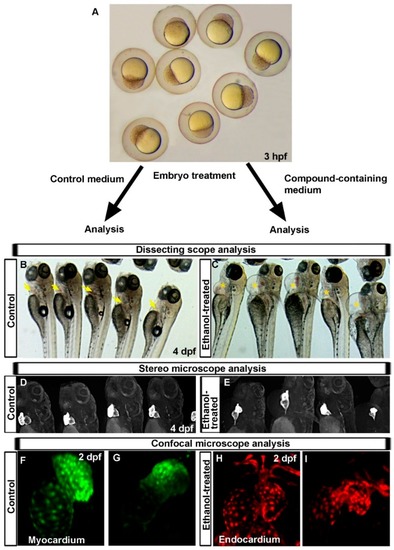Figure 1
- ID
- ZDB-FIG-190723-1705
- Publication
- Sarmah et al., 2016 - Zebrafish as a Vertebrate Model System to Evaluate Effects of Environmental Toxicants on Cardiac Development and Function
- Other Figures
- All Figure Page
- Back to All Figure Page
|
Advantages of use of zebrafish in cardiotoxicity research, which provide enormous information within a short time. ( |

